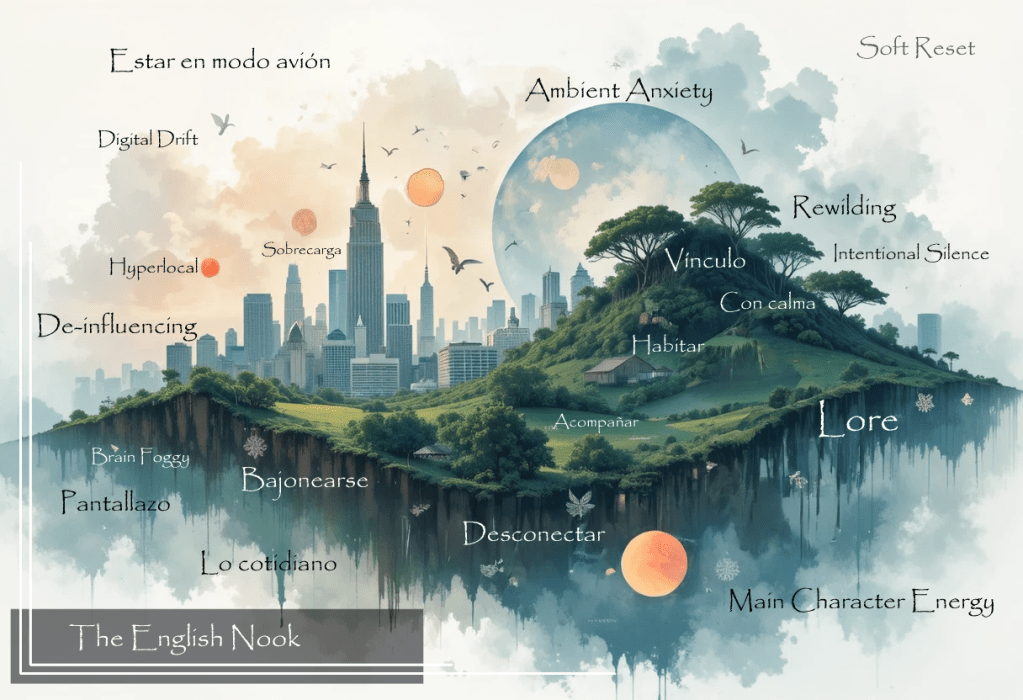A Guide for Language Learners
Learning to express feelings in Spanish is a fundamental part of becoming proficient in the language. This guide will help you understand the vocabulary and phrases needed to convey a range of emotions effectively.
Basic Vocabulary for Emotions
Here are some common emotions and their translations in Spanish:
Happiness – Felicidad
- Estoy feliz. (I am happy.)
- Me siento contento/a. (I feel happy/content.)
Sadness – Tristeza
- Estoy triste. (I am sad.)
- Me siento deprimido/a. (I feel depressed.)
Anger – Enojo/Enfado
- Estoy enojado/a. (I am angry.)
- Me siento molesto/a. (I feel annoyed.)
Fear – Miedo
- Tengo miedo. (I am scared.)
- Me siento asustado/a. (I feel frightened.)
Surprise – Sorpresa
- Estoy sorprendido/a. (I am surprised.)
- Me siento asombrado/a. (I feel amazed.)
Disgust – Asco
- Estoy disgustado/a. (I am disgusted.)
- Me siento repugnado/a. (I feel repulsed.)
Love – Amor
- Estoy enamorado/a. (I am in love.)
- Te quiero. (I love you – less intense)
- Te amo. (I love you – more intense)
Excitement – Emoción
- Estoy emocionado/a. (I am excited.)
- Me siento entusiasmado/a. (I feel enthusiastic.)
Frustration – Frustración
- Estoy frustrado/a. (I am frustrated.)
- Me siento agobiado/a. (I feel overwhelmed.)
Confusion – Confusión
- Estoy confundido/a. (I am confused.)
- Me siento desorientado/a. (I feel disoriented.)
Anxiety – Ansiedad
- Tengo ansiedad. (I have anxiety.)
- Me siento ansioso/a. (I feel anxious.)
Relief – Alivio
- Estoy aliviado/a. (I am relieved.)
- Me siento tranquilo/a. (I feel calm.)
Expressing Feelings in Sentences
To express feelings, you can use the verb “estar” (to be) or “sentirse” (to feel) followed by the adjective that describes your emotion.
Using “Estar”
- Estoy + [emotion adjective]
- Estoy feliz. (I am happy.)
- Estoy triste. (I am sad.)
- Estoy enojado/a. (I am angry.)
Using “Sentirse”
- Me siento + [emotion adjective]
- Me siento feliz. (I feel happy.)
- Me siento triste. (I feel sad.)
- Me siento enojado/a. (I feel angry.)
Advanced Emotional Expressions
For more advanced learners, combining feelings with reasons or situations can add depth to your conversations.
Expressing Reasons
- Estoy triste porque no he visto a mis amigos. (I am sad because I haven’t seen my friends.)
- Me siento feliz cuando estoy con mi familia. (I feel happy when I am with my family.)
Using the Subjunctive Mood for Feelings
- Me alegra que estés aquí. (It makes me happy that you are here.)
- Me preocupa que tengas miedo. (It worries me that you are scared.)
Common Phrases to Express Emotions
- Estoy emocionado/a por… (I am excited about…)
- Tengo ganas de… (I feel like/I am eager to…)
- Me da miedo… (I am afraid of…)
- Me pone nervioso/a… (It makes me nervous…)
- Me hace feliz… (It makes me happy…)
- Estoy orgulloso/a de… (I am proud of…)
Tips for Practicing Emotional Expressions
Practice with Native Speakers
Engage in conversations with native Spanish speakers to practice expressing your feelings. Platforms like language exchange websites and social media groups can be great resources.
Watch Spanish Movies/Series
Observe how characters express their emotions and mimic their phrases and intonations. Pay attention to the context in which certain phrases are used.
Keep a Journal
Write about your daily experiences and how they make you feel in Spanish. This practice can help you think in the language and express emotions more naturally.
Use Flashcards
Create flashcards with different emotions and practice them regularly. You can include pictures, synonyms, and example sentences to enhance your learning.
Cultural Context and Usage
Include cultural notes on how emotions are expressed in different Spanish-speaking regions, as expressions can vary.
Example:
- In Spain, “enfadado” is more commonly used for “angry,” while in Latin America, “enojado” is more prevalent.
By incorporating these phrases and tips into your practice routine, you’ll become more comfortable and expressive in Spanish, helping you connect more deeply with Spanish-speaking communities.
Embrace the vibrant world of Spanish emotions, and let your newfound expressions open doors to deeper connections and richer experiences. ¡Buena suerte en tu viaje emocional! (Good luck on your emotional journey!)
If you’ve read everything, please consider leaving a like, sharing, commenting, or all three!
Need some help with your Spanish journey? Go to the contact area and send me a message; I’ll get back to you as soon as possible!
YOU WILL ALSO LIKE:








Leave a comment